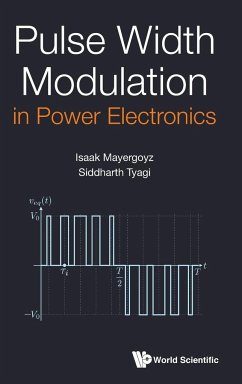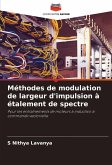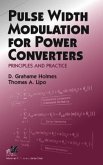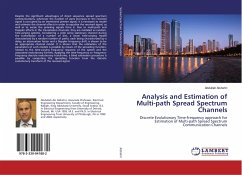In recent years, pulse width modulated voltage source inverter (PWM-VSI) is becoming popular in variable speed drive applications due to the internal control of both voltage and frequency within the inverter. In order to regulate both voltage and frequency, various PWM methods are developed for VSI fed drives. To generate the pulse pattern for VSI fed drives, mainly there are two approaches, namely, digital approach (space vector approach) and carrier comparison approach. In the digital approach, the switching times will be calculated and feed to the counters, which will generate the switching instants. Whereas, in carrier comparison approach, reference or modulating signal will be compared with a carrier signal (usually triangular signal) then the intersecting points decide the switching instants for the inverter devices. Among these two approaches, carrier comparison approach is gaining importance due to its simpler implementation.
Bitte wählen Sie Ihr Anliegen aus.
Rechnungen
Retourenschein anfordern
Bestellstatus
Storno








